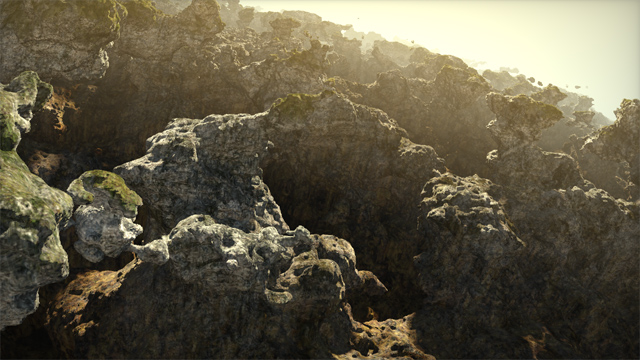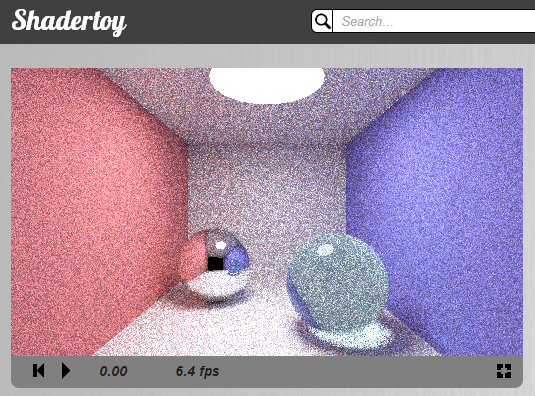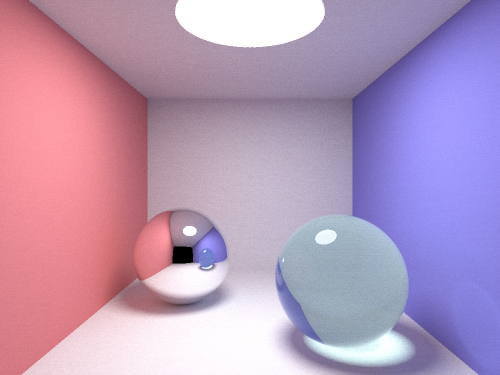Here is a list of articles published by fxguide, giving fascinating insights into the tools used by the film industry in terms of rendering.
- Ben Snow: the evolution of ILM’s lighting tools (January 2011)
A presentation of the evolution of the technology and tools used at Industrial Light and Magic, over the course of the years and movies, from the mid-90s to nowadays. - Monsters University: rendering physically based monsters (June 2013)
- The Art of Rendering (April 2012)
A description of the different techniques used in high end rendering and the major engines. - The State of Rendering (July 2013): part 1, part 2
A lengthy overview of the state of the art in high end rendering, comparing the different tools and rendering solutions available, their approach and design choices, strengths and weaknesses as well as the consequences in terms of quality, scalability and render time.
(Brace yourselves for the massive tag list hereafter.)



